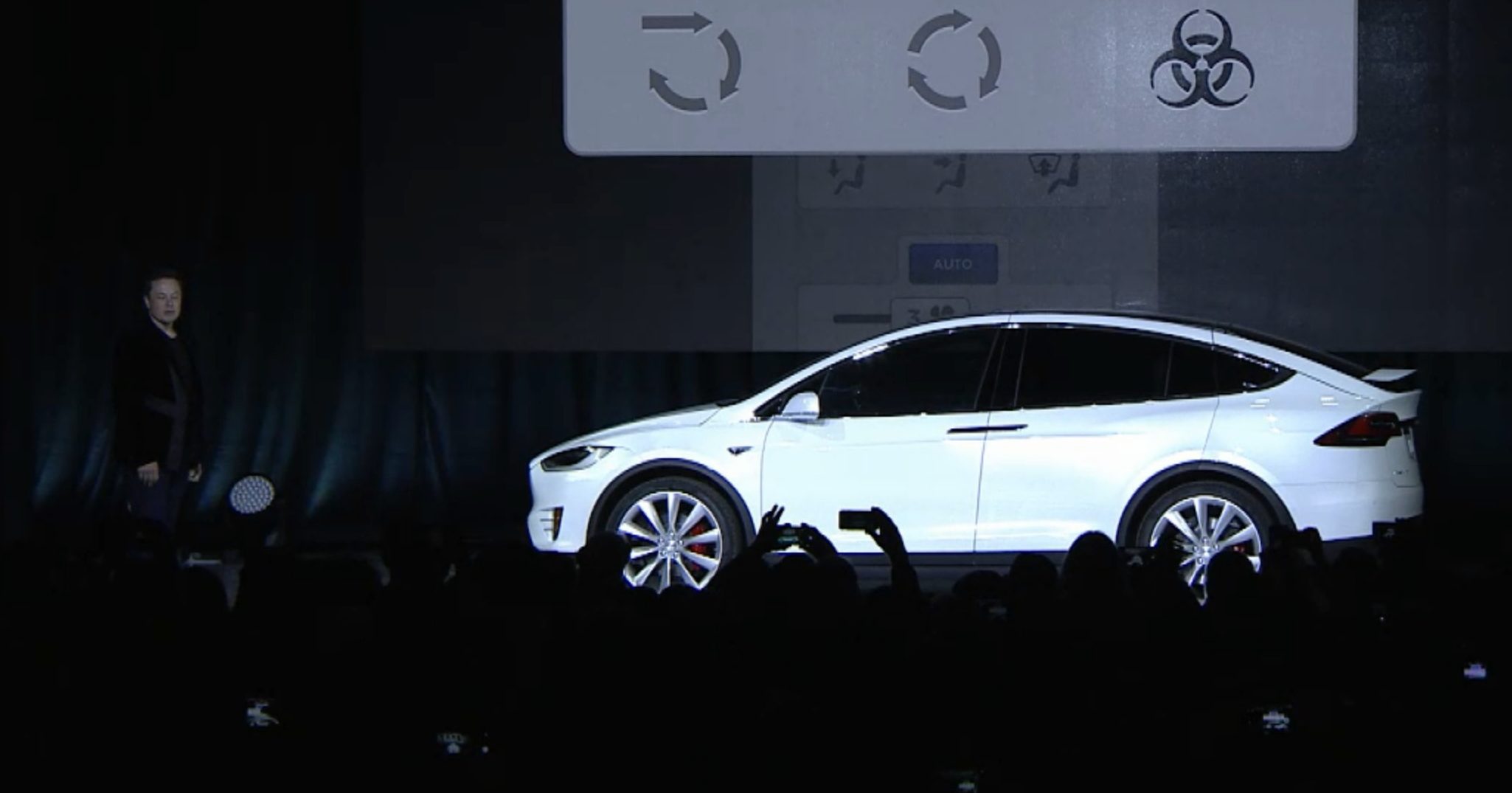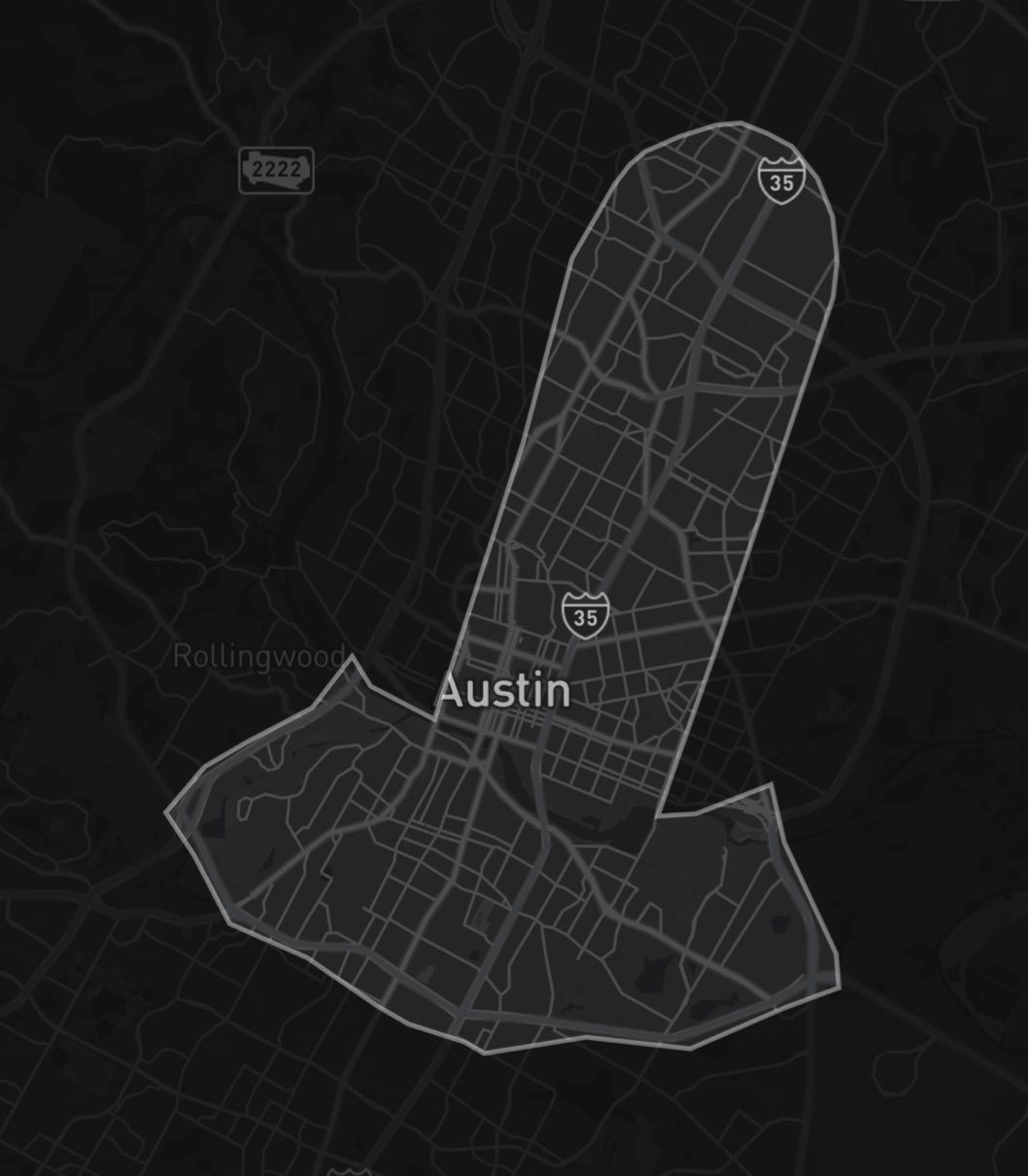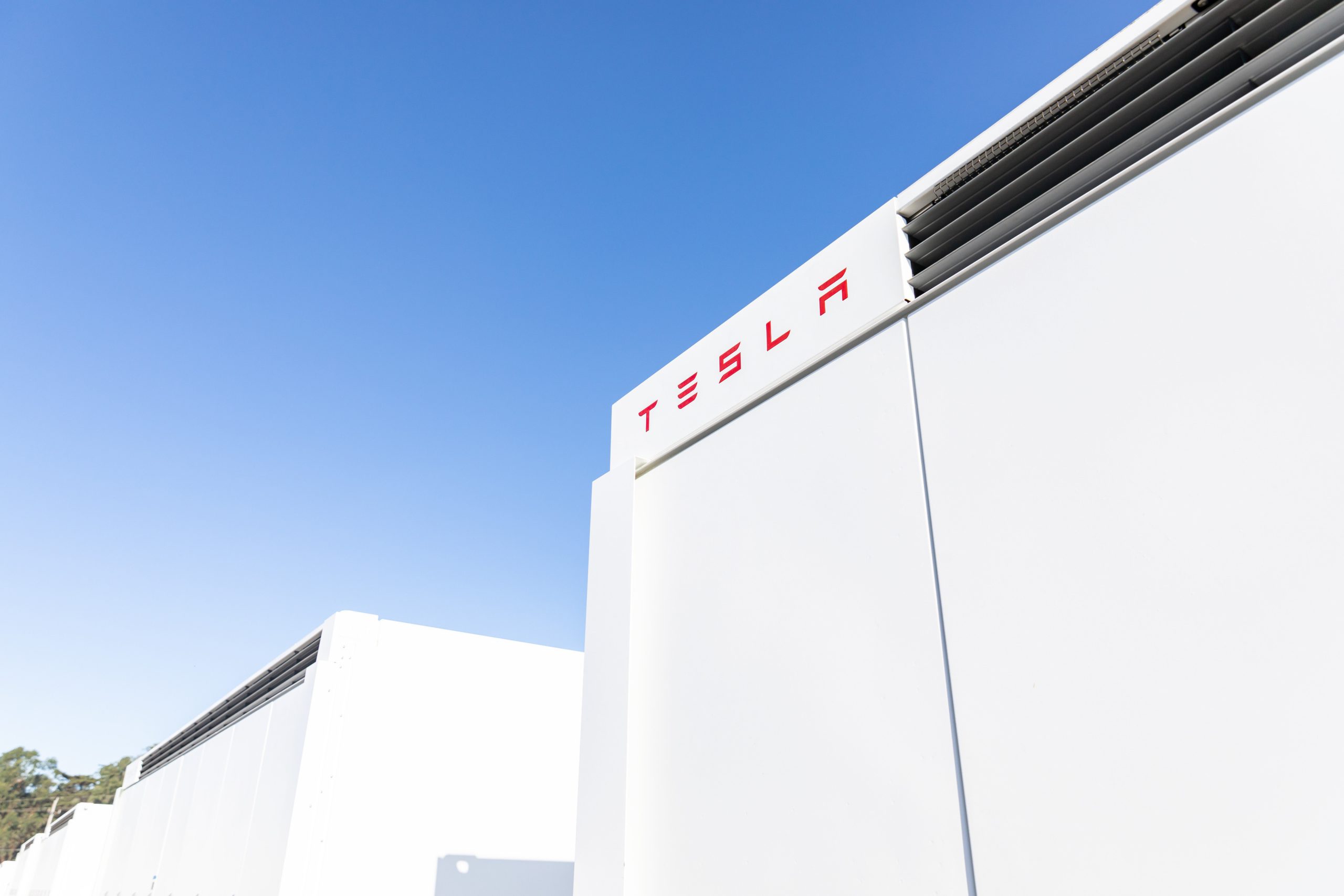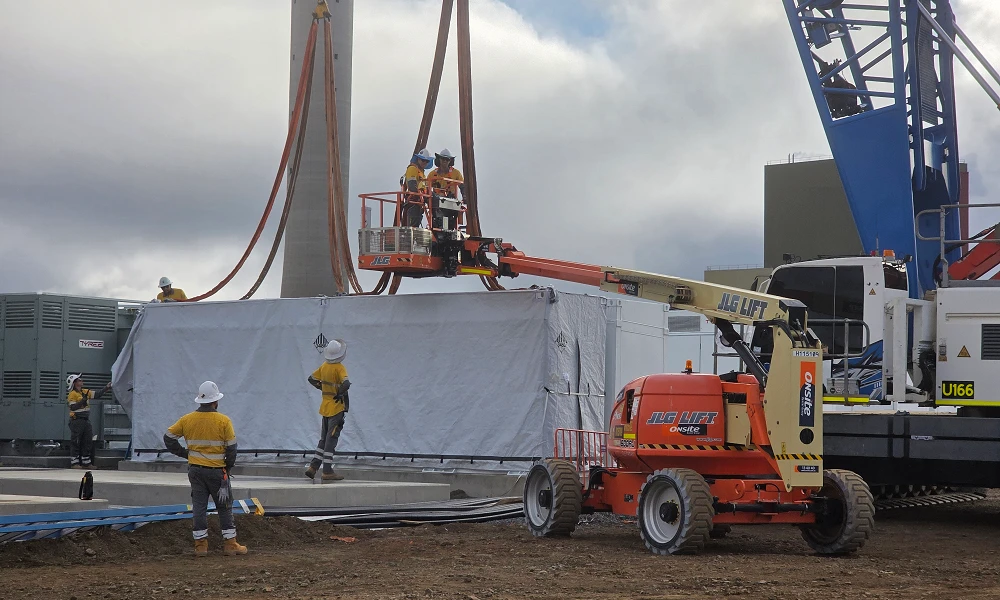

News
Tesla’s ‘Bioweapon Defense Mode’ is proving invaluable to owners affected by CA wildfires
When Elon Musk initially talked about the Model X’s “Bioweapon Defense Mode,” the company’s skeptics dismissed the feature as a simple gimmick. For owners of the company’s electric cars currently affected by the raging wildfires in CA, though, Bioweapon Defense Mode has become a welcome blessing, allowing them and their passengers to breathe clean air despite the worsening air quality outside.
California is currently facing its most destructive fires in the state’s history. As of Friday, the northern California city of Paradise has already been lost to the blaze. More than 6,700 structures have also burned to the ground in northern CA’s Camp Fire on Thursday and Friday. At least nine people have perished against the onslaught of expanding wildfire, and more than 250,000 people have been forced out of their homes as well. Despite authorities’ best efforts, Los Angeles fire officials noted on Friday afternoon that the blaze remains “zero contained.”
Reports from members of the Tesla community living in areas affected by the wildfires have noted that their vehicle’s Bioweapon Defense Mode has effectively maintained the air quality inside their cars. One such owner, Andrei Bulu, even posted a couple of pictures on social media showing the air readings from inside and outside his Model X as he was driving through the Bay Area, which is being affected by the fire in Paradise. As could be seen in the Model X owner’s post, the air quality readings improve dramatically when his electric SUV’s windows were up and Bioweapon Defense Mode was enabled.
- [Credit: AndreiB/Twitter]
- [Credit: AndreiB/Twitter]
Tesla’s Bioweapon Defense Mode allows occupants to breathe clean air. [Credit: AndreiB/Twitter]
Other Tesla owners driving in areas currently affected by the CA fires have shared similar experiences as well.
https://twitter.com/teslaamit519/status/1061056967609790464
Bioweapon Defense Mode incited a notable amount of lighthearted laughter from the audience when Elon Musk announced the feature for the Model X. During the vehicle’s unveiling, Musk candidly stated that the function is possible due to the Model X’s incredibly large HEPA filter, which is around ten times as large as those of a regular fossil fuel-powered car. Tesla noted that Bioweapon Defense Mode, which was later added on the Model S, is “100 times more effective than premium automotive filters, removing at least 99.97% of fine particulate matter and gaseous pollutants, as well as bacteria, viruses, pollen, and mold spores.”
In true Tesla fashion, the company’s skeptics were notably unimpressed with the feature, with many claiming that Bioweapon Defense Mode was but a marketing statement. Tesla later debunked these claims by holding a controlled test of a Model X inside a bubble contaminated with extreme levels of pollution (1,000 µg/m3 of PM2.5 vs. the EPA’s “good” air quality index limit of 12 µg/m3). Within two minutes, the Model X’s HEPA filtration system had scrubbed the air inside the all-electric SUV, and in the following minutes, even the air around the vehicle started getting cleaner.
If Tesla can help people in California wildfire, please let us know. Model S & X have hospital grade HEPA filters. Maybe helpful for transporting people.
— Elon Musk (@elonmusk) November 10, 2018
While Tesla’s electric car owners are able to breathe clean air despite the CA wildfires due to their vehicles’ Bioweapon Defense Mode, Elon Musk has stated that the company’s electric cars might prove helpful in moving people away from areas compromised by the blaze. An email Musk sent to employees reportedly even encouraged Tesla workers to provide assistance to the ongoing rescue efforts if they can, and not worry about compensation.
Over the years, Tesla has developed a reputation for helping out when it is able. Amidst the onslaught of this year’s hurricanes, Tesla provided temporary free unlimited Supercharging and a range upgrade to owners of Model S 40, 60, and 70 vehicles, enabling them to leave hurricane-affected areas. Elon Musk, for his part, also continues to provide some humanitarian aid as well. Just last month, it was revealed that Musk had been helping Flint, MI by giving the necessary funds to install water filtration systems to the district’s school buildings.
Elon Musk
Tesla’s Robotaxi expansion wasn’t a joke, it was a warning to competitors
Tesla might have made a joke with its first Robotaxi service area expansion, but it was truly a serious warning to its competitors.

Tesla’s Robotaxi expansion occurred for the first time on Monday, and while the shape of its new service area might be “cocky,” it surely is not a joke. It’s a warning to competitors.
Robotaxi skeptics and Tesla opponents are sitting around throwing hate toward the company’s expansion appearance. Some called it “unserious,” and others say it’s “immature.” The reality is that it has a real meaning that goes much further than the company’s lighthearted and comical attitude toward things.
Proudly unserious
— Tesla (@Tesla) July 14, 2025
For context, Tesla has routinely used the number 69 as a way to price things it sells. 420 is another, an ode to cannabis culture. A few years back, it actually priced its Model S flagship sedan at $69,420. The first rides of the Robotaxi fleet were priced at $4.20. They are now being increased to $6.90.
Some call it childish. Others call it fun. The truth is, nobody is doing it this way.
Tesla updates Robotaxi app with several big changes, including wider service area
But today’s expansion of the Robotaxi service area in Austin is different. Tesla did not expand its shape to different neighborhoods or areas of the City of Austin. It did not expand it by broadening the rectangle that was initially available. Instead, it chose a different strategy, simply because it could:
🚨 Tesla’s new Robotaxi geofence is…
Finish the sentence 🥸 pic.twitter.com/3bjhMqsRm5
— TESLARATI (@Teslarati) July 14, 2025
Tesla could have done anything. It could have expanded in any direction, in any way, but it chose this simply because it has gotten Robotaxi to the point that it can broaden its service area in any direction. It chose this shape because it could.
Other companies might not have the same ability. Of course, many companies probably would not do this even if it could, simply because of the optics. Tesla doesn’t have those concerns; it has been open about its ability to be funny, and yes, immature, at times.
But in reality, it was a stark warning to competitors. “We can go anywhere in Austin, at any time, and we’re confident enough to make a joke about it.”
Tesla’s Robotaxi geofence in Austin grows, and its shape is hard to ignore
As Tesla is already aiming to expand to new states and high-population areas, and with applications filed in Arizona and California, Robotaxi will be in new regions in the coming weeks or months.
For now, it remains in Austin, and Tesla is sending a message to other companies that it is ready to go in any direction. The driverless Robotaxi fleet, bolstered by billions of miles of data, is ready to roam without anyone at the wheel.
News
Tesla Robotaxi has already surpassed Waymo in this key metric
Tesla Robotaxi has already overtaken Waymo in Austin in one key metric, but there’s still more work to do.

Tesla Robotaxi has already surpassed Waymo in one extremely important key metric: size of service area.
Tesla just expanded its service area in Austin on Monday morning, pushing the boundaries of its Robotaxi fleet in an interesting fashion with new capabilities to the north. Yes, we know what it looks like:
🚨 Tesla’s new Robotaxi geofence is…
Finish the sentence 🥸 pic.twitter.com/3bjhMqsRm5
— TESLARATI (@Teslarati) July 14, 2025
The expansion doubled Tesla Robotaxi’s potential travel locations, which now include the University of Texas at Austin, a school with over 53,000 students.
The doubling of the service area by Tesla has already made its travel area larger than Waymo’s, which launched driverless rides in October 2024. It became available to the public in March 2025.
According to Grok, the AI agent on X, Tesla Robotaxi’s current service area spans 42 square miles, which is five square miles larger than Waymo’s service area of 37 square miles.
Tesla Robotaxi (red) vs. Waymo geofence in Austin.
Much can be said about the shape… but the Robotaxi area is now ~3.9 mi² (10 km²) larger than Waymo’s!! pic.twitter.com/dVfh2ODxJC
— Robin (@xdNiBoR) July 14, 2025
The service area is one of the most important metrics in determining how much progress a self-driving ride-hailing service is making. Safety is the priority of any company operating a ride-hailing network, especially ones that are making it a point to use autonomy to deploy it.
However, these companies are essentially racing for a larger piece of the city or cities they are in. Waymo has expanded to several different regions around the United States, including Arizona and Los Angeles.
Tesla is attempting to do the same in the coming months as it has already filed paperwork in both California and Arizona to deploy its Robotaxi fleet in states across the U.S.
As the platform continues to show more prowess and accuracy in its operation, Tesla will begin to expand to new areas, eventually aiming for a global rollout of its self-driving service.
News
Tesla Megapacks arrive for massive battery replacing coal plant
Tesla Megapacks have started arriving on-site to the Stanwell Battery Project, just as Queensland prepares to wind down the Stanwell coal plant.

The first of over 300 Tesla Megapacks have arrived to the site of a massive battery energy storage system (BESS) being built in Australia, dubbed the Stanwell Battery Project after a coal plant it’s set to replace.
In a press release last week, the Stanwell Battery Project announced that the first Tesla Megapack 2XL units had arrived to the site, which is located outside of Rockhampton in Queensland, Australia. The project will eventually feature 324 Megapack units, set to arrive in the coming months, in order to support the 300MW/1,200MWh battery project.
“The Stanwell Battery is part of the diversification of our portfolio, to include cleaner and more flexible energy solutions,” said Angie Zahra, Stanwell Central Generation General Manager. “It is just one part of the 800 MW of battery energy storage capacity we have in our pipeline.
“Capable of discharging 300 MW of energy for up to four hours (1,200 MWh), our mega battery will be one of the largest in Queensland.”

Credit: Stanwell
Did you know Tesla’s Lathrop facility churns out a Megapack every 68 minutes? That’s enough energy to power 3,600 homes for an hour per unit! ⚡️ pic.twitter.com/bG6fpHkB9O
— TESLARATI (@Teslarati) June 11, 2025
READ MORE ON TESLA MEGAPACKS: Tesla Lathrop Megafactory celebrates massive Megapack battery milestone
The state is working with government-owned company Yurika to facilitate construction, and the process is expected to create roughly 80 jobs. The project is expected to come fully online in May 2027, with initial commissioning of the Megapacks aiming for November 2025.
The Stanwell Battery is set to replace the nearby Stanwell coal generation plant, which the government is planning to wind down starting in 2026 as part of efforts to reach an 80 percent renewable energy generation ratio by 2035. Meanwhile, the government is also set to begin winding down the Tarong and Callide coal plants, while several other Megapack projects are being built or coming online. o ya
Tesla currently has two Megapack production facilities, located in Lathrop, California, in the U.S. and another that came online earlier this year in Shanghai, China. The Shanghai Megafactory shipped its first units to Australia in March, while both factories are expected to be capable of producing 10,000 Megapack units per year upon reaching volume production.
-

 Elon Musk2 weeks ago
Elon Musk2 weeks agoTesla investors will be shocked by Jim Cramer’s latest assessment
-

 News2 days ago
News2 days agoTesla debuts hands-free Grok AI with update 2025.26: What you need to know
-

 Elon Musk5 days ago
Elon Musk5 days agoxAI launches Grok 4 with new $300/month SuperGrok Heavy subscription
-

 Elon Musk7 days ago
Elon Musk7 days agoElon Musk confirms Grok 4 launch on July 9 with livestream event
-

 News2 weeks ago
News2 weeks agoTesla Model 3 ranks as the safest new car in Europe for 2025, per Euro NCAP tests
-

 Elon Musk2 weeks ago
Elon Musk2 weeks agoxAI’s Memphis data center receives air permit despite community criticism
-

 News4 days ago
News4 days agoTesla begins Robotaxi certification push in Arizona: report
-

 News2 weeks ago
News2 weeks agoTesla sees explosive sales growth in UK, Spain, and Netherlands in June
















